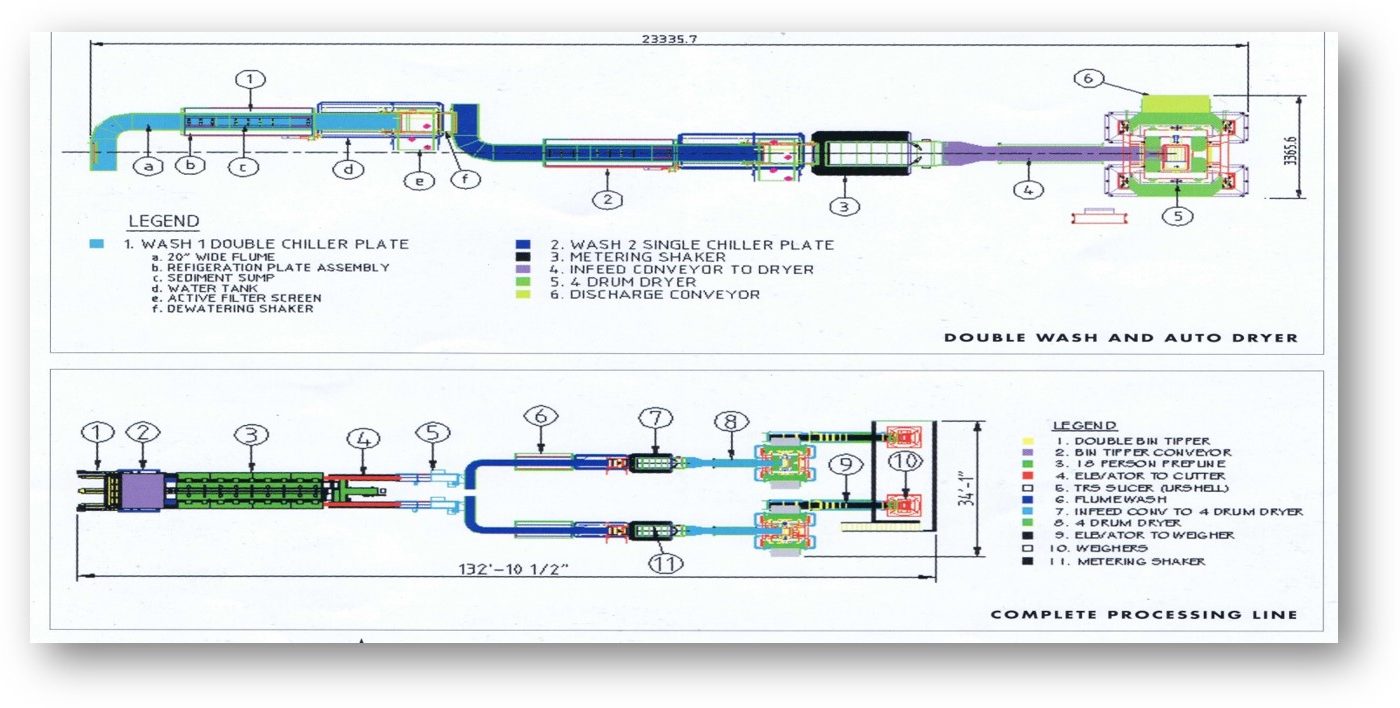Without an Export Processing Facility, the Fruit and Vegetable Market is mostly dedicated to local Markets. If a particular vegetable is successful one season, that market will be flooded the next. With no way of prolonging the shelf life or exporting the product, the farmers are subject to the typical boom-bust cycle. No matter how productive the farmer may be, the product is harvested and sold simultaneously to the same market, attracting the lowest price.
AgriCity has identified several high-value vegetables in most demand throughout the international market. Two such vegetables are baby corn and snow peas. Fortuitously, those vegetables can be grown year-round in most parts of Asia and are more importantly high in protein. The vegetable waste recovered provides an excellent source of feed for livestock.
A high-value Fruit and vegetable processing plant (FVPP) processes 5,000 kgs per day of exportable produce, with a selling price much higher than the local market. The waste is collected at approximately 30,000 kgs per day, which is sufficient to feed 3,000 head of cattle per day, every day.
It is envisaged that the FVPP will incorporate a Cattle feeding and breeding farm to maximize the waste recovered. The cattle manure can also be blended with other organic fertilisers or composted and used as a soil conditioner for future fruit and vegetable crops.


